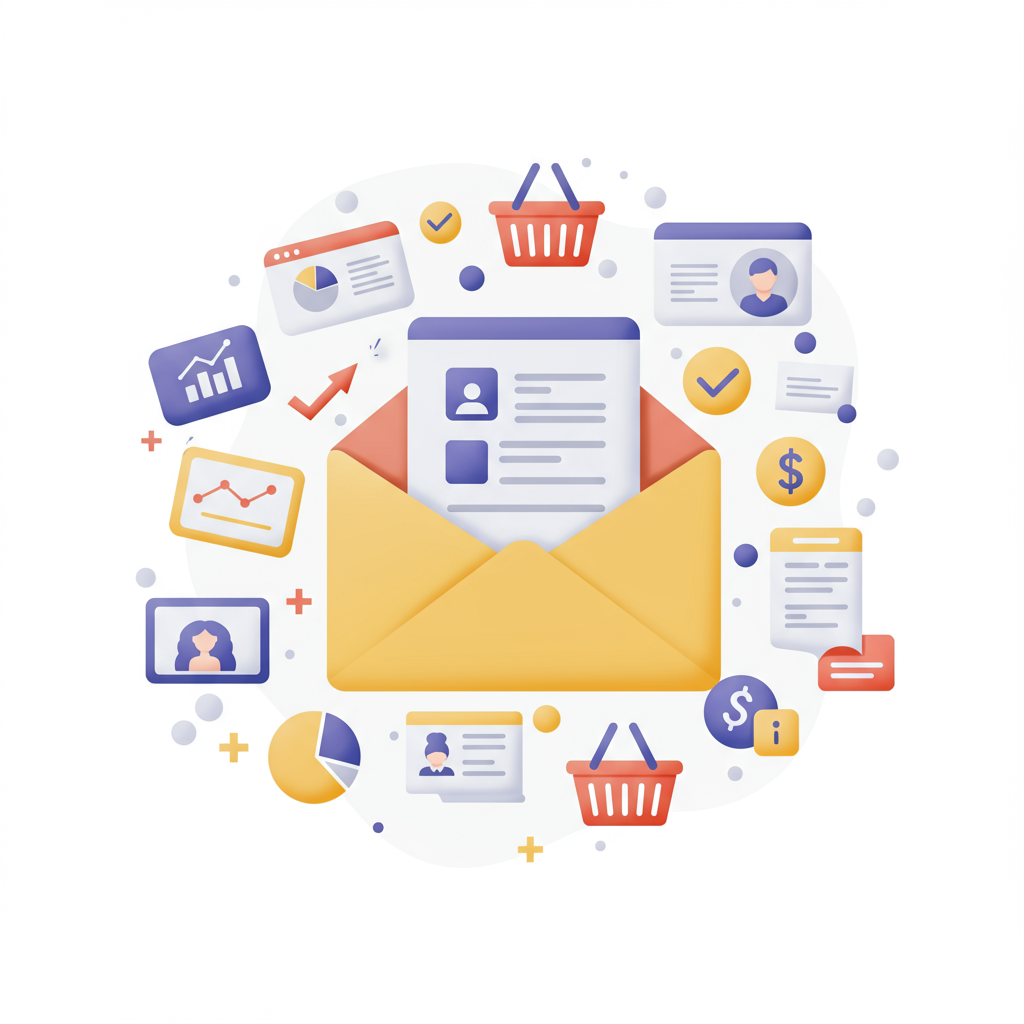Mastering the art of connecting with your customers and driving sales through powerful email strategies.
Hello fellow Shopify merchants! As we look ahead to 2025, one truth remains constant in the ever-evolving world of e-commerce: email marketing is not just alive, it’s thriving.
It’s the most direct, cost-effective, and personal way to connect with your customers and drive sales. If you’re not leveraging it fully, you’re leaving money on the table.
Today, I want to share my top tips and strategies for mastering Shopify email marketing in 2025, ensuring your brand stands out and your revenue grows.
First, let’s talk about list building. Your email list is your most valuable asset. In 2025, generic pop-ups won’t cut it.
Focus on offering genuine value in exchange for an email address. Think exclusive discounts, early access to new products, or helpful guides related to your niche.
Implement exit-intent pop-ups, embedded forms, and even post-purchase opt-ins to continuously grow your list with engaged subscribers.
Next, segmentation is non-negotiable. Sending the same email to everyone is like shouting into a void. Your customers are unique, and your communication should reflect that.
Segment your audience based on purchase history, browsing behavior, demographics, location, and even how they interact with your previous emails.
For instance, customers who bought product A might be interested in product B, while those who abandoned a specific cart need a different nudge.
Automation is where the magic truly happens. Set up robust email flows that trigger based on customer actions (or inactions) within your Shopify store.
The welcome series is paramount. This is your chance to make a great first impression, introduce your brand story, and offer a first-time purchase incentive.
Abandoned cart emails are still gold. Remind customers about items left behind, perhaps with a gentle nudge or a small discount to encourage completion.
Post-purchase sequences are vital for building loyalty. Thank customers, provide order updates, ask for reviews, and recommend complementary products.
Don’t forget win-back campaigns for inactive subscribers. Re-engage them with special offers or highlight new arrivals to bring them back into the fold.
Personalization goes hand-in-hand with segmentation and automation. Use dynamic content to insert customer names, past purchases, and tailored product recommendations.
Leverage AI-powered tools that can analyze browsing patterns and suggest products a customer is most likely to buy next. This level of relevance is key in 2025.
Your email content strategy needs to be balanced. It’s not just about promotions. Provide value through educational content, behind-the-scenes glimpses, or lifestyle tips.
Storytelling can build a deeper connection. Share your brand’s mission, customer success stories, or the journey of your products.
Always include a clear, compelling call-to-action (CTA). Make it obvious what you want your subscribers to do next, whether it’s “Shop Now” or “Read More.”
A/B testing is your best friend for continuous improvement. Test everything: subject lines, sender names, email layouts, CTA button colors, and even send times.
Small tweaks based on data can lead to significant improvements in open rates, click-through rates, and ultimately, conversions.
Analytics and optimization are crucial. Regularly review your key performance indicators (KPIs) like open rates, click-through rates, conversion rates, and unsubscribe rates.
Understand what’s working and what’s not, and be prepared to adapt your strategy. The e-commerce landscape is dynamic, and your email strategy should be too.
Compliance is non-negotiable. Ensure your email practices adhere to regulations like GDPR, CCPA, and CAN-SPAM. Transparency and consent are paramount.
Integrate your email marketing platform seamlessly with your Shopify store. Many excellent apps are available that offer deep integration, making data flow effortless.
Looking ahead, I believe AI will play an even larger role in hyper-personalization, predictive analytics, and even automated content generation. Stay curious and explore these advancements.
What do you think about these strategies? Are there any specific challenges you face with email marketing for your Shopify store? I’d love to hear your thoughts.
By implementing these strategies, you’re not just sending emails; you’re building relationships, fostering loyalty, and driving sustainable growth for your Shopify business in 2025 and beyond.
So, go forth and conquer your email marketing goals! Your customers are waiting to hear from you.






